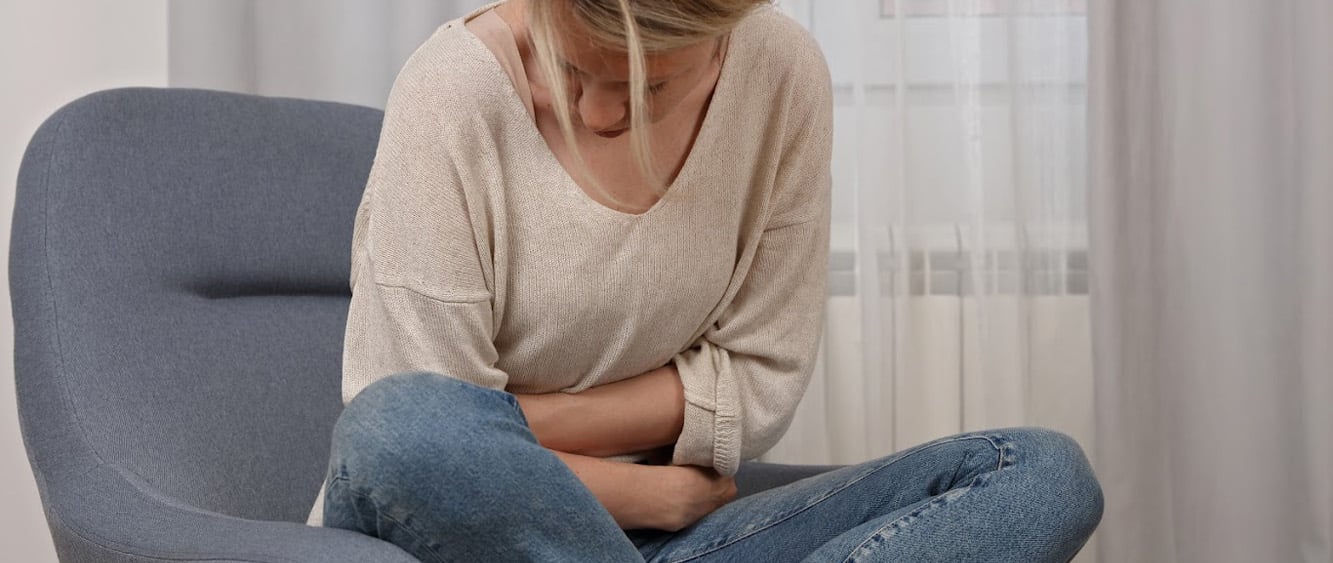Urinary stress incontinence and mixed incontinence are common conditions affecting many women. Mixed incontinence combines symptoms of both stress and urge incontinence, making it challenging to manage. Effective treatment involves a combination of non-surgical and surgical methods.
Symptoms of Mixed Incontinence
- Urge Incontinence Symptoms: Loss of urine associated with a sudden, uncontrollable urge to urinate.
- Stress Incontinence Symptoms: Urine leakage during physical activities like coughing, sneezing, laughing, or exercise.
Treatment Options
Non-Surgical Treatments
Non-surgical treatments are typically the first line of management for mixed incontinence:
- Pelvic Floor Muscle Therapy (PFMT): Also known as Kegel exercises, PFMT can improve symptoms of both stress and urge incontinence .
- Bladder Training: Helps manage the frequency and urgency of urination by gradually increasing the intervals between bathroom visits.
- Weight Loss: Reduces abdominal pressure, which can alleviate stress incontinence symptoms.
- Vaginal Estrogen: May help postmenopausal women by reducing urinary urgency and frequency.
- Medications: Anticholinergics or beta-3 agonists can be used for urge-predominant mixed incontinence.
Surgical Treatments
Surgical options are considered when non-surgical methods are ineffective or when stress incontinence is predominant:
- Midurethral Slings: Considered the gold standard for stress urinary incontinence, these slings provide excellent support to the urethra. They are minimally invasive and have a high success rate, though outcomes may vary in mixed incontinence cases.
- Single Incision Slings: Recent studies, including a European study, suggest that single incision slings have similar success rates to Midurethral slings, offering another viable option for patients.
- Bulking Agents: These can be used to treat stress incontinence by injecting materials around the urethra to improve its closure.
Benefits of Midurethral Slings
- High Success Rate: Midurethral slings have been shown to significantly improve or resolve stress incontinence symptoms in a majority of patients.
- Minimally Invasive: The procedure is relatively quick and involves minimal tissue disruption, leading to faster recovery times.
- Long-Term Efficacy: Studies indicate that Midurethral slings can provide durable results over several years.
Benefits of Single Incision Slings
- Reduced Recovery Time: Single incision slings may offer faster recovery due to fewer incisions.
- Comparable Success Rates: Recent data suggests that single incision slings have success rates similar to Midurethral slings, making them a viable alternative.
Why Women Should Consider Consulting Their Gynecologist
Consulting a gynecologist is crucial for women experiencing urinary incontinence. A healthcare provider can help determine the predominant type of incontinence and tailor a treatment plan accordingly. For those with stress-predominant mixed incontinence, discussing surgical options like Midurethral or single incision slings can be particularly beneficial. These procedures can significantly improve quality of life by reducing symptoms and enhancing confidence.
In conclusion, while non-surgical methods are often the first line of treatment, surgical interventions like Midurethral and single incision slings offer effective solutions for managing stress urinary incontinence and mixed incontinence. Encouraging women to consult with their healthcare providers can lead to better management of these conditions and improved overall well-being.


